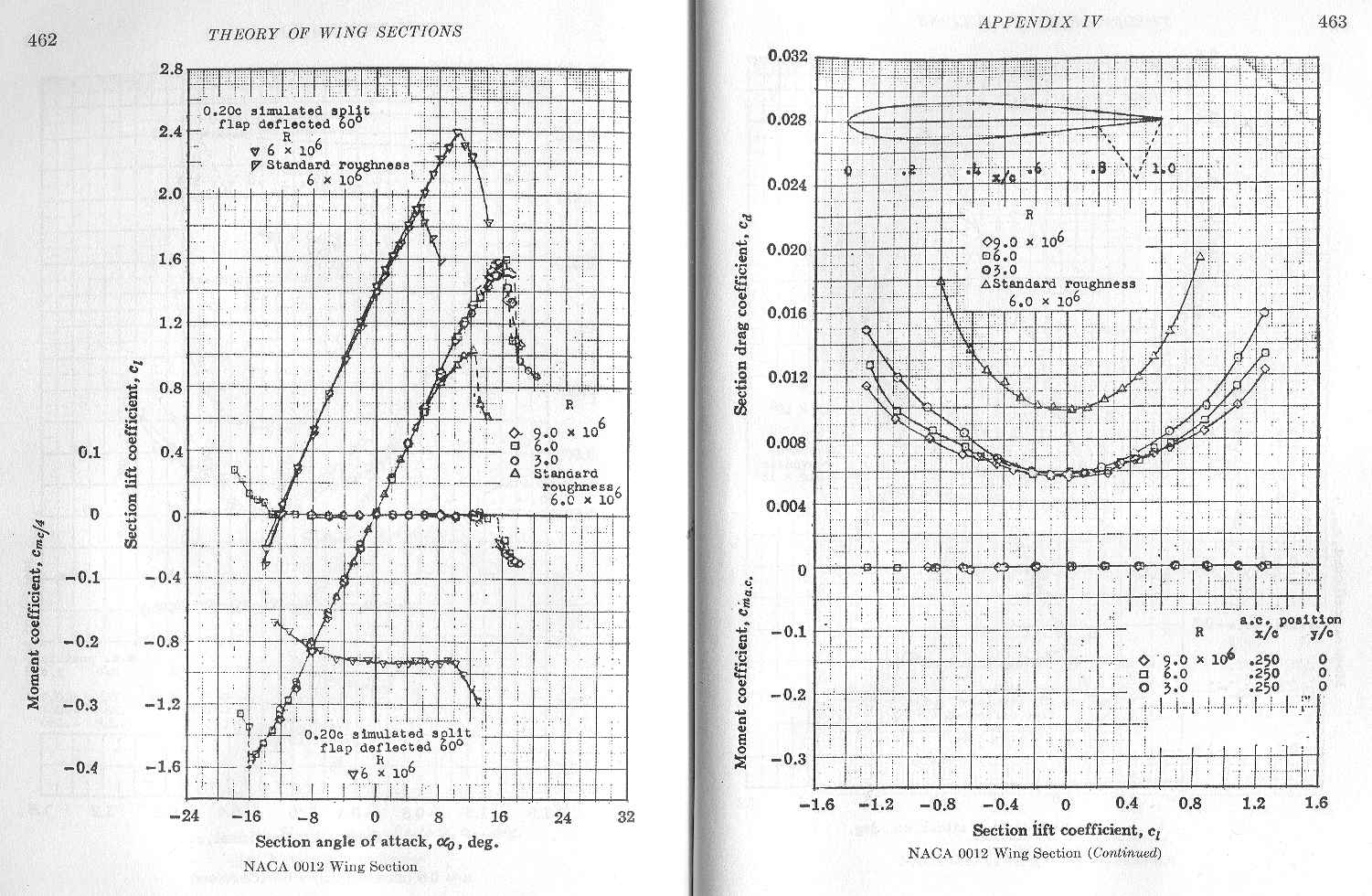

The lift to drag coefficient ratio of NACA 2412 airfoil is also higher than that of the NACA 0012 airfoil indicating NACA 2412 airfoil to be more fuel economic. Moreover, the drag coefficient of NACA 2412 airfoil is less than that of the NACA 0012 airfoil, which implies that NACA 2412 airfoil exhibits better aerodynamic performance. NACA 2412 airfoil produces more lift coefficient than that of the NACA 0012 airfoil at all angles of attack. At a high angle of attack, however, no turbulence model is able to give a satisfactory prediction for lift coefficient as well as drag coefficient, which implies that these models are unable to predict post-stall characteristics. k-ω SST model, Spalart-Allmaras model, Transition k-kL-ω model, and γ-Rⅇθ Transition SST model can predict drag coefficient reasonably at low angle of attack. Standard k-ε model gives a slightly low value of lift coefficient at low angle of attack and slightly high value of lift coefficient at high angle of attack for both airfoils. It is concluded that Spalart-Allmaras model and k-ω SST model are capable of providing the most accurate prediction for lift coefficient at a low angle of attack for both airfoils. Moreover, the aim of the present study is to demonstrate the difference in aerodynamic characteristics of the airfoils in order to find aerodynamically more advantageous airfoil. This paper presents an evaluation of five different turbulence models by comparing the numerical data derived from these models using ANSYS Fluent with experimental data at a Reynolds number and a Mach number of 0.05 × 10^6 and 0.015 respectively based on the centerline chord of the airfoil for the flow over NACA 0012 and NACA 2412 airfoils.


 0 kommentar(er)
0 kommentar(er)
